-
play_arrow
KISS FM Nova Scotia
Marc Tassé, the Executive Director of Ross Farm Museum, wants to show off recent changes to Ross Farm Museum that improve living conditions for their livestock and horses, but he is also defending how the farm was operating while the horses were receiving improper care.
In December, four horses were moved from the farm, including a pregnant mare, while the museum made improvements to their stalls and how they are fed. They also created a second paddock outside.
An advocacy group was fighting to stop the horses from returning, but two of them, and a newborn foal, returned last month.
Tassé became Executive Director in April. He says what was happening on the farm before he arrived “was not necessarily wrong.” The farm had their own veterinarians, and it was under the supervision of Nova Scotia Museums, an organization run by the province, he says.
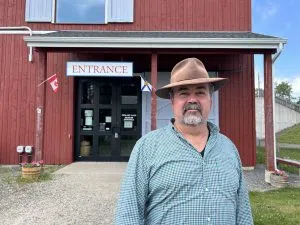
Marc Tassé took over the role of Executive Director of Ross Farm Museum in April. Pictured July 3, 2025. (Jacob Moore/Acadia Broadcasting)
“There was never any issues that was brought up and no concerns that were brought up about how the animal care was. There was no red flags of saying, you know, these animals are in distress,” said Tassé.
“If that had happened, Department of Agriculture would have pulled the animals and would have walked them off.”
Ross Farm Museum is meant to replicate the farming style of the 1800s. Their fences are made of largely untrimmed wood. They try and mow the grass with an old-fashioned mower, and they have a blacksmith forge some of their utensils.
Unclear when farm found issues with horse care
The non-profit group running the farm brought their concerns to the province late in 2024, according to a statement from a government spokesperson on May 29.
In response, the province sent the Farm Animal Welfare team to evaluate the site.
“While their report recognized the dedication and hard work of museum staff, it also identified several areas where animal care practices needed improvement. Most notably, it raised serious health concerns about some of the horses,” the statement read.
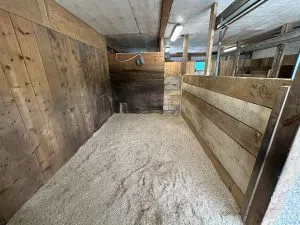
The new horses stalls at Ross Farm Museum are now large enough for the horses to turn around in them. Pictured July 3, 2025. (Jacob Moore/Acadia Broadcasting)
Tassé says that, at some point, the farm decided the horses had to be moved for two reasons:
First, he says the farm got a new team of vets, and they wanted to do a full physical exam of the horses, and the stable at Ross Farm Museum did not have enough space. The farm then reached out to equestrian Susan Fraser and took the horses to her space.
Second, the horses were supposed to stay with Fraser until the farm got “everything else the way it’s supposed to be” to bring the horses back.
Changes to staff, changes to care
Tassé could not say who was responsible for the mistreatment of the horses. That was before he got to the farm, he says.
“The people that were on the farm, that were responsible at that time, have all left the farm for various reasons as we go through, so we’ve got new crews and new people that are in charge of the animals.”
About a month ago, Fraser told the CBC that she visited the farm in the fall and saw urine burns on the horses’ skin, that one horse had a broken bone in her foot, and another horse had an ulcer in the lining of her stomach, on top of several other issues. Another horse’s teeth had not been properly trimmed, causing him pain.
She said they were also being fed dairy rations, which is meant for cows and is toxic for horses.
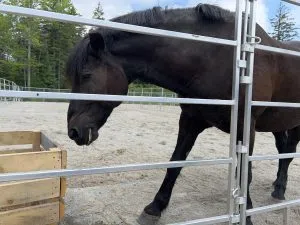
Maverick chews some soaked hay at Ross Farm Museum on July 3, 2025. (Jacob Moore/Acadia Broadcasting)
Maverick, whose teeth have not been properly trimmed, will eventually need surgery. Tassé doesn’t have an exact timeline when that will happen. He says it depends on what their veterinarian says.
For now, they are soaking his hay to make it softer so its easier to chew and digest. The other horses are using hanging feed bags, where they pull the hay out, which forces them to eat more slowly. Maverick is eating out of a wooden box on the ground.
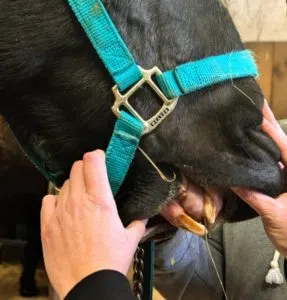
This photo shows Maverick’s untrimmed teeth on Dec. 6, 2024. (Ross Farm Animal Advocacy/Facebook)
While the horses were gone, the farm renovated the stable to make their stalls bigger. The horses only had standing stalls before, without enough room to turn around, but now they have larger box stalls.
Some misinformation going around, says Tassé
Tassé was not around when the horses may have been fed dairy rations. He says in some stories he’s heard, they were fed dairy rations, and in some stories they weren’t.
He says none of the veterinarians who had assessed the horses in the fall indicated urine burns as a concern.
The health issues found in the fall were things affecting the horses that they had missed “for whatever reason” when the farm bought them, says Tassé.
Some horses did not return
Four horses left at the end of 2024, including a pregnant mare. Kate and Willy were surrendered to the Department of Agriculture, who then handed the horses over to Susan Fraser.
Tassé says Willie is a diabetic and needs intense care and medication, and Kate was temperamental and standoffish, often nipping at people. Because of those things, the farm decided they weren’t a good fit for that environment.
Fraser previously said that Kate learned to bite to defend herself from the people at the farm who were not properly taking care of her, and because of the severe ulcers in her stomach.
Two horses and a newborn foal returned to the farm last month. One horse, named Clyde, never left.
Open house to show improvements
The farm had a sort of open house on Thursday evening to show off the changes they’ve made. He says people typically realize the animals are in better care when they see the farm for themselves.
He says he was brought in to make sure everything on the farm will be done right from here on out.
“We’re getting us to that next step, to make sure that we’re meeting our mandate of demonstrating the history and keeping the museum as historically accurate as we can, but making sure that we’re providing the safest environment for the people, the safest environment for the animals, and a good visitor experience,” said Tassé.

Written by: Stevenson Media Group
Similar posts
Top popular
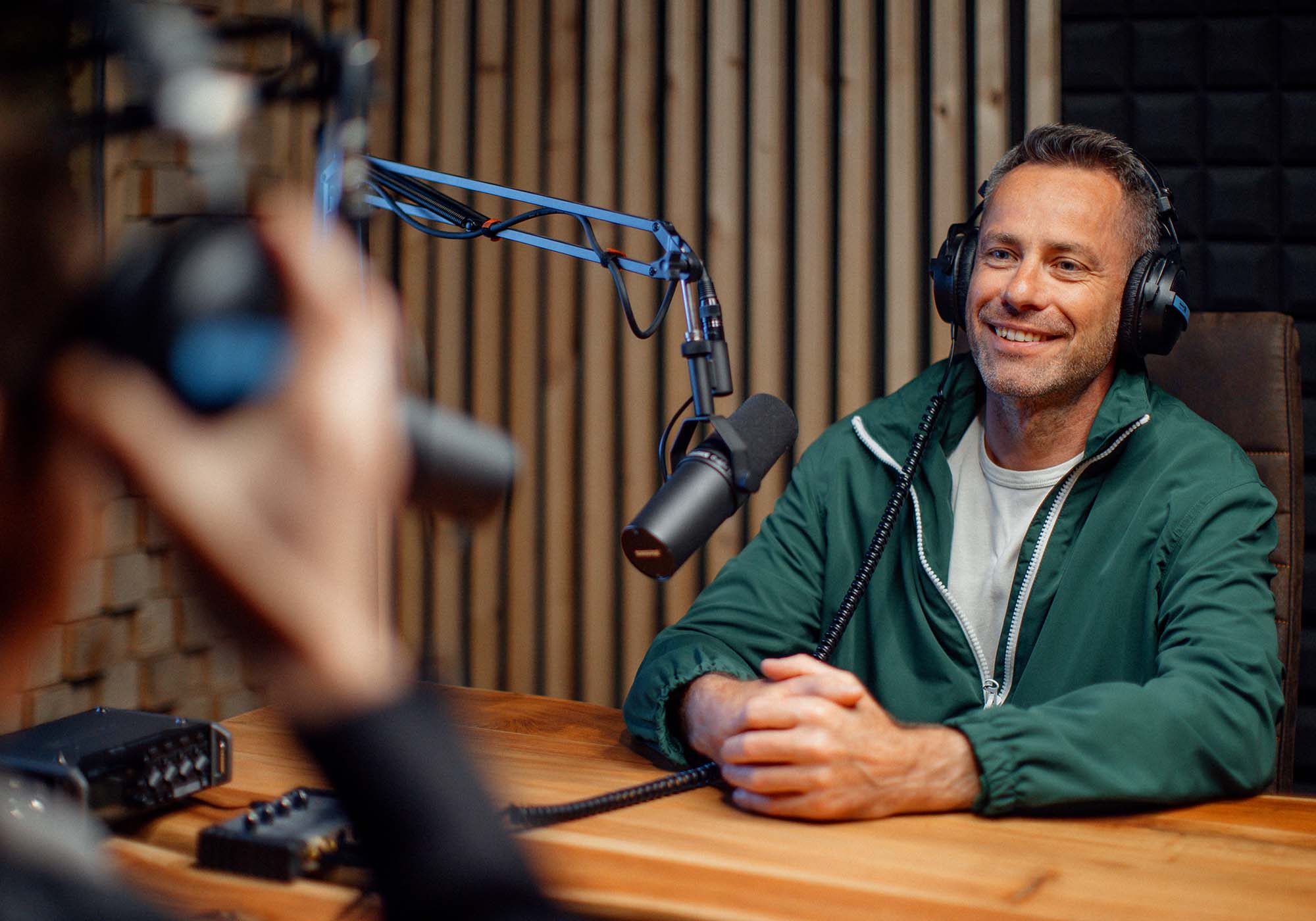
Listener’s Choice Awards: Your Top Picks for This Year’s Music Icons

What Goes into Creating a Hit Single? A Deep Dive into Music Production

From Viral Dance Challenges to Radio Play: How Pop Songs Go Mainstream

The 2025 Pop Music Festival You Can’t Miss
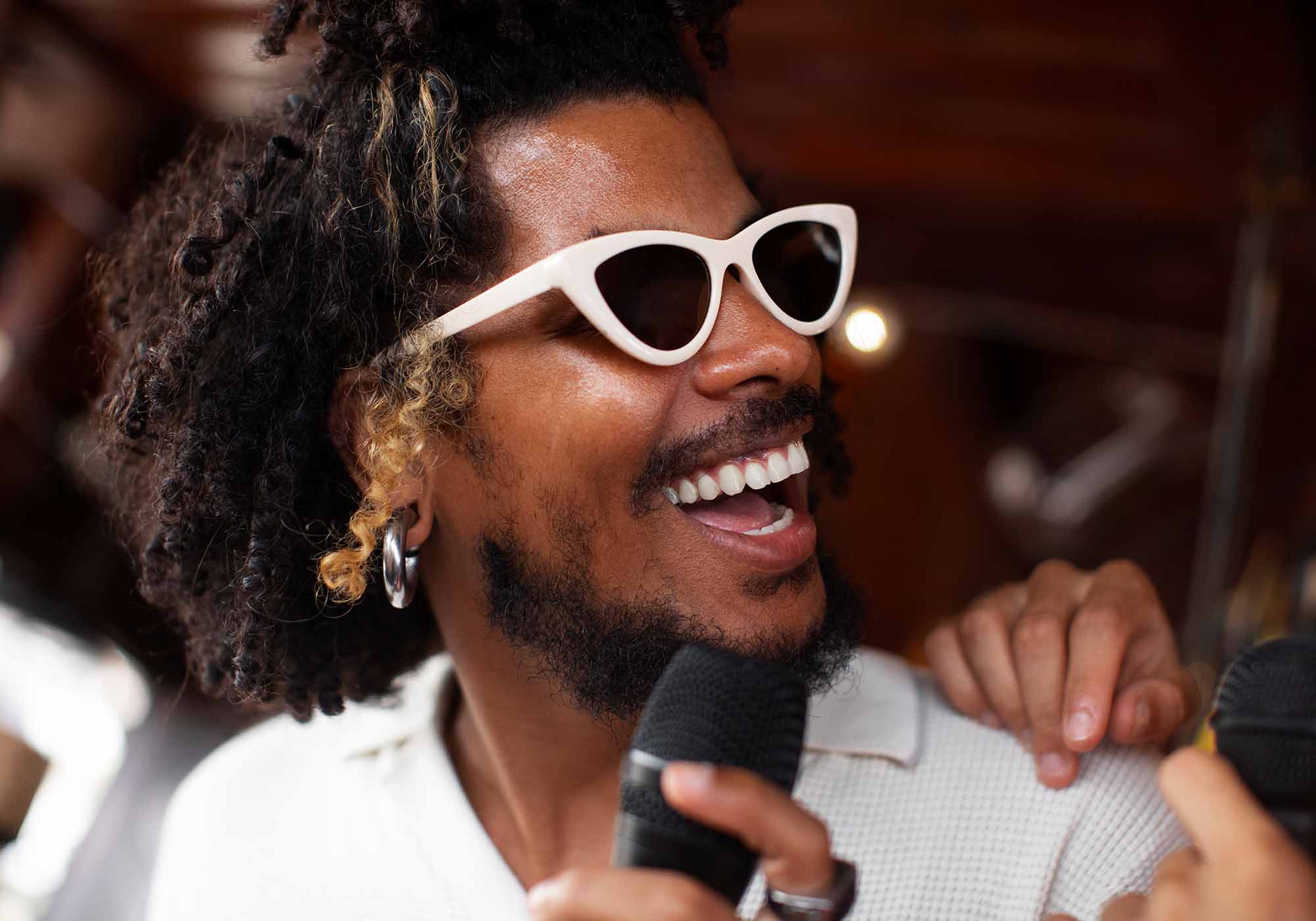
Pop Hits Dominate the Airwaves: Top Songs of the Week Revealed!
Search
Latest news
Now on air
Upcoming shows

Afternoons on KISS
2:00 pm - 7:00 pm

Evenings on KISS
7:00 pm - 12:00 am

The Valley's #1 Hit Music Station


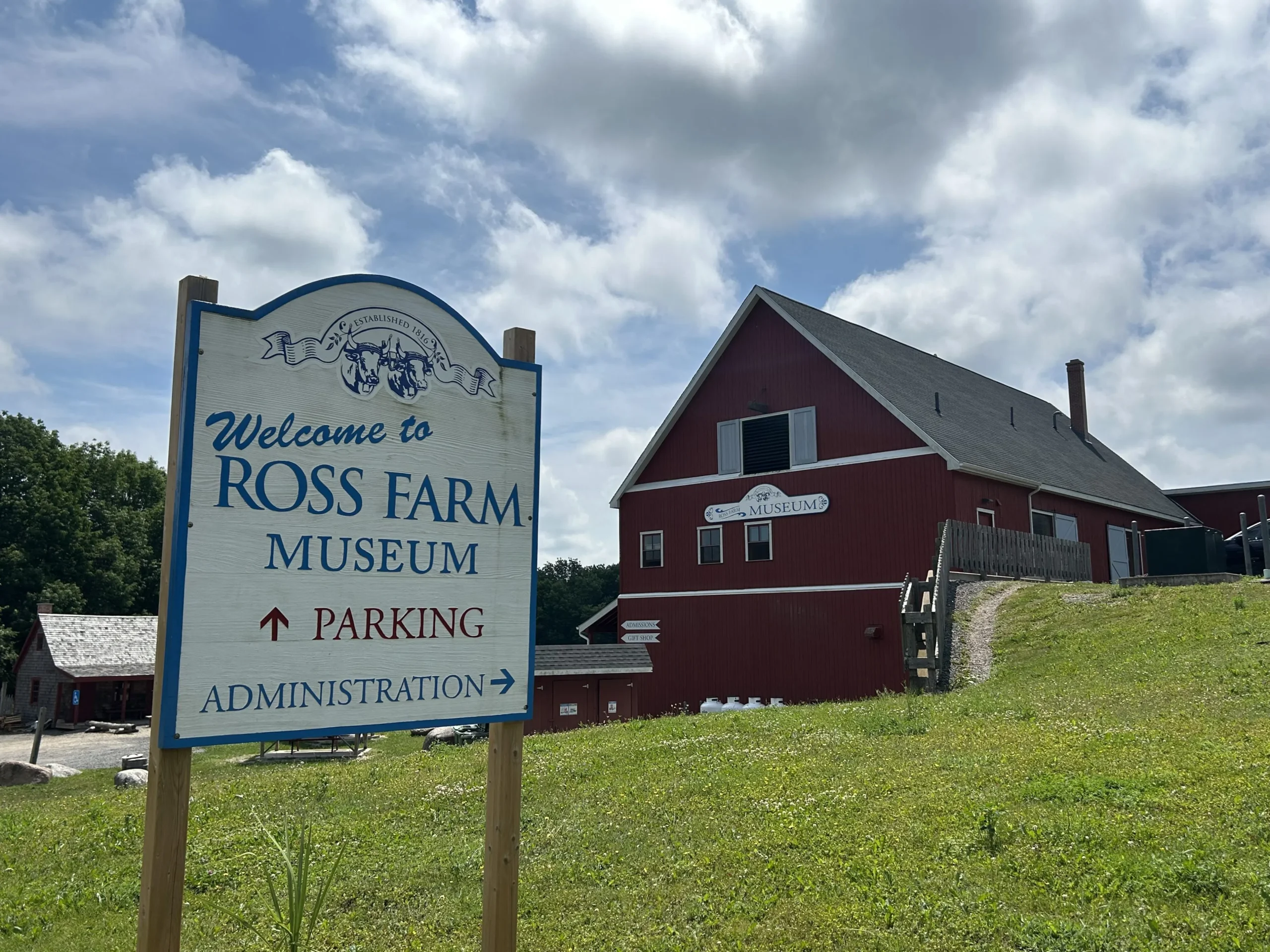







Post comments (0)